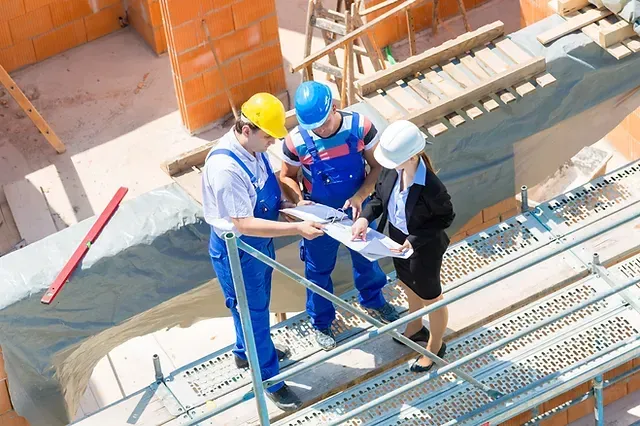The Difference Between Hard and Soft Intensification
LIVEHERE Real Estate's Realtor® Andrew Mackie describes the difference between hard and soft intensification as it relates to the City of Guelph's planning and zoning as noted in Bill 23.

Hard intensification and soft intensification are two different approaches to city planning and zoning that aim to accommodate population growth and increase urban density. Here's a description of the differences between the two:
Hard intensification refers to a planning and zoning approach that focuses on maximizing the use of land within existing urban areas by allowing for substantial increases in building heights and densities. The key characteristics of hard intensification include:
a. High-Rise Development: Hard intensification often involves the construction of tall buildings, including high-rise residential and commercial structures. These buildings are typically designed to accommodate a large number of people or businesses on a relatively small land footprint.
b. Increased Building Density: Hard intensification promotes higher building densities, allowing for more units or floor space within a given area. This can involve a mix of residential, commercial, and industrial developments.
c. Infrastructure Expansion: To support the increased population density resulting from hard intensification, infrastructure improvements are often necessary. This can include the expansion of transportation networks, utilities, and other public amenities.
d. Mixed-Use Developments: Hard intensification may encourage the development of mixed-use areas, where residential, commercial, and recreational spaces coexist within a concentrated urban environment. This promotes walkability and reduces the need for long commutes.
Soft intensification, on the other hand, takes a more incremental and subtle approach to accommodating growth and increasing urban density. It focuses on making efficient use of existing infrastructure and spaces while preserving the character of neighborhoods. The main features of soft intensification include:
a. Infill Development: Soft intensification prioritizes infill development, which involves utilizing vacant or underutilized spaces within existing urban areas. This can include building smaller residential units or repurposing existing buildings.
b. Adaptive Reuse: Soft intensification promotes the adaptive reuse of older buildings, such as converting industrial structures into residential lofts or repurposing heritage buildings for commercial or cultural purposes. This preserves the architectural heritage while accommodating growth.
c. Neighborhood-Scale Planning: Soft intensification often emphasizes planning at the neighborhood scale. It focuses on maintaining the scale, character, and identity of individual neighborhoods while allowing for incremental growth and increased density.
d. Public Spaces and Green Infrastructure: Soft intensification recognizes the importance of public spaces, parks, and green infrastructure. It aims to enhance these elements within urban areas to provide recreational opportunities, improve air quality, and promote the well-being of residents.
The choice between hard and soft intensification depends on various factors, including local context, community preferences, and the availability of land. In some cases, a combination of both approaches may be employed, with hard intensification in certain areas and soft intensification in others, to achieve a balanced and sustainable urban environment.
Why is intensification important in sustainable development?
Intensification is important in sustainable development for several reasons:
- Efficient Land Use
- Reduced Environmental Impact
- Infrastructure Optimization
- Preservation of Rural Areas
- Social and Economic Vibrancy
- Efficient Resource Allocation
- Revitalization of Existing Areas
Overall, intensification plays a crucial role in sustainable development by promoting efficient land use, reducing environmental impact, optimizing infrastructure, preserving rural areas, fostering social and economic vibrancy, and enabling the efficient allocation of resources. It supports the goal of creating sustainable, resilient, and inclusive cities for current and future generations.
How can soft intensification provide real estate investment opportunities?
Soft intensification can provide real estate investment opportunities in several ways:
- Infill Development
- Adaptive Reuse
- Neighborhood Revitalization
- Mixed-Use Developments
- Sustainable and Innovative Projects
- Collaboration with Local Authorities
- Affordable Housing Initiatives
It's important for real estate investors to conduct thorough market research, understand local regulations and zoning requirements, and consider the needs and preferences of the target market when identifying soft intensification investment opportunities. Additionally, engaging with urban planners, community organizations, and local stakeholders can provide valuable insights and help align investments with the overall vision for sustainable urban development.




